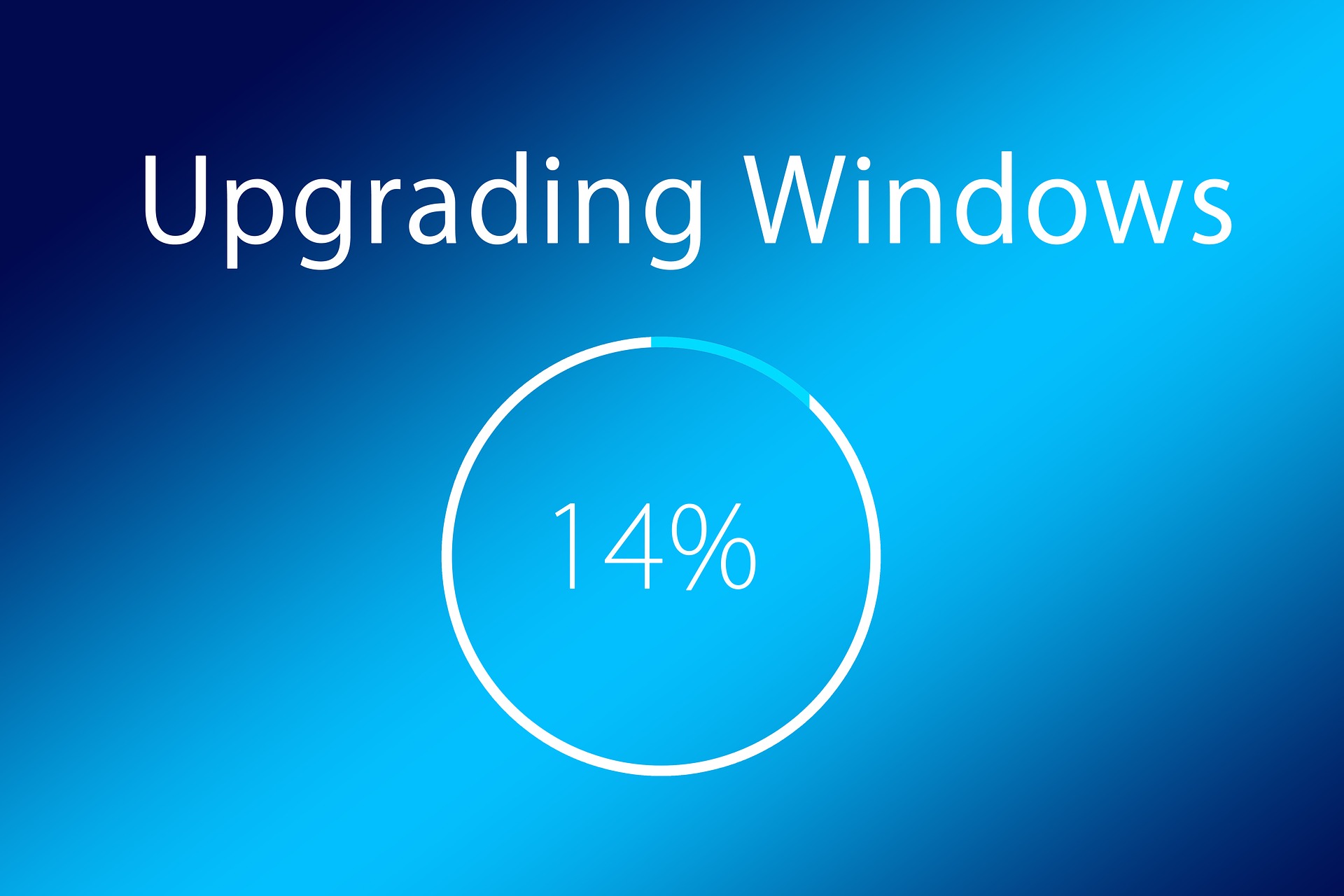Over the years, the list of technologies upon which Apple depends has grown longer. These technologies provide a great deal of benefit both to developers and end users. Fortunately, Apple provides, supports and maintains the tools required to use these technologies at no cost to developers. Unfortunately, Apple only provides tools that run on macOS.
Comments closedCategory: Windows
Posts related to Windows-specific development.
Xojo Engineers Paul and Travis talk about Xojo 2020 Release 2 and Apple M1 Macs.
Comments closedWith the newly released M1 Macs, there have been lots of questions about being able to run other operating systems on it, particularly from developers that are used to running Window or Linux in Virtual Machines using virtualization on their Intel Macs.
Comments closedHere’s the configuration document for getting puTTY to connect to the Xojo Cloud database. You might want to note that while Windows 10 now includes a SSH client it doesn’t support SSH tunnels very well due to always executing a connection command.
Comments closedRecently I needed to update an old Web project that used a Microsoft SQL Server Database as its data source. This application is running as a service on a Windows machine and is for internal use only. I decided when updating the project, I would also update to API 2.0 database commands using Xojo 2019 R3.2 and I would like to share some of those code changes with you.
Comments closedWinRT is an application framework meant as a replacement for the decades old Win32 API (at least the non-GUI parts of it). Because WinRT is COM-based, and entirely unmanaged code, accessing it directly from Xojo is possible.
Comments closedFor more years than I’d like to admit, the Layout Editor has been slow in terms of dragging controls around. As you add more controls, it gets worse. For web layouts, it’s been even worse. That’s primarily because we have to draw everything for a web layout whereas for a desktop layout, the OS draws the controls for us.
In an engineering meeting, I mentioned a discussion I had with a user about the speed of the Layout Editor and Travis said he had recently been reminded of how slow it was too. While most of the time issues in Xojo are carefully calculated and prioritized for maximum bang for the buck (as we say around here), that’s not always how it happens. After the meeting, Travis decided to dive into the Layout Editor code and see what could be done to speed it up.
The results are pretty remarkable.
Comments closedThe Timer and Xojo.Core.Timer classes gives us a resolution that is more than enough for most of the cases where we need to use them. In fact, under macOS we don’t find any kind of limitation when using the classes provided by the Xojo Framework: we can achieve a maximum resolution of 1 ms on any of the most recent computers.
But when working with Windows OS this is not so straightforward . It doesn’t matter if we try to set the Timer Period property to a minimum value of 1 ms; Windows imposes a minimum resolution of 16 ms, insufficient when we demand the maximum precision for a critical task (period interval between Timer firings).
Of course Xojo has a solution for this, you can resort to a third-party plug-in that works extremely well … or you might find the following technique useful for all kinds of projects.
Comments closedHere’s your first reminder: On January 14, 2020 Microsoft is ending support for Windows 7. We went through this a while ago when Windows XP reached end-of-life (no one really cared when Windows Vista reached end-of-life). Windows 7 was a very popular release as it was much better than Vista. It also didn’t help that Windows 8 was not liked at all with its many UI changes.
Comments closed
